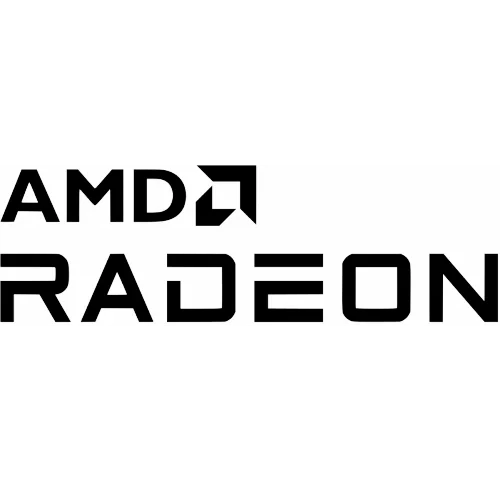AMD Radeon HD 6800 Series Graphics Cards On Linux?

While those in our forums have been talking about Radeon HD 6000 specifications for weeks now with dozens of comments, the official specs for the AMD Radeon HD 6850 with its "Barts Pro" GPU include 960 Stream processors, 48 texture units, 32 ROPs, a 775MHz core clock, 1GHz memory clock with 256-bit memory bus, 1GB frame-buffer, and a 127W TDP. The AMD Radeon HD 6870 deploys the "Barts XT" GPU and it has 1120 Stream processors, 56 texture units, 32 ROPs, a 900MHz core clock, 1GB of 1.05GHz GDDR5 memory with 256-bit interface, and a 151W TDP.
As we reported this morning, there is no open-source Radeon HD 6000 series support ready. It will come, but it's not here yet. With some luck it also won't take as long as it took for the Radeon HD 5000 series milestones with kernel mode-setting and then 2D/3D acceleration coming much later on. AMD's few employees focused on their open-source strategy have already been focusing upon the said support for a few weeks now, but the DRM/KMS support won't be out for the Linux 2.6.37 kernel. The good news is that when it comes to enabling OpenGL/3D support for this new "Northern Islands" hardware in the open-source stack, it should be Gallium3D-only rather than first dealing with any classic Mesa Radeon driver that will end up being deprecated anyways. Sadly we don't know yet whether we'll find any decent video playback acceleration with the Radeon HD 6000 series (such as by VDPAU, VA-API, or even XvBA), or whether open-source fans will be stuck with X-Video.
Though if you plan to order the Radeon HD 6850 or HD 6870 graphics cards anytime soon, chances are you're getting this hardware for gaming or other visually intensive tasks where the current open-source code for any ATI/AMD generation does not fit the requirements. The good news is that there should be AMD Catalyst Linux driver support ready if you don't mind using their proprietary driver. Either with Catalyst 10.10 or next month with Catalyst 10.11 the first support for these new ASICs should be in place. With this you'll have 2D/3D acceleration, various other features (i.e. CrossFire), and also X-Video Bitstream Acceleration support, but the video playback may be broken as seems to be frequently the case with this driver and XvBA. AMD has provided close to same day Linux support in their Catalyst driver for both the Radeon HD 4000 and Radeon HD 5000 series.
Unfortunately we don't know how this first-cut Catalyst Linux support will be for the AMD Radeon HD 6800 graphics cards. AMD has yet to send over any of these new graphics cards, so the world is left not knowing how the Linux support actually stacks up. We can only hope we will see some Radeon HD 6000 series hardware soon to deliver up Linux performance numbers and see what features are working.
In the meantime, you can always read AMD's press release or stop by Cekora.com to find links to some Windows reviews of this new hardware.
For those wondering, the AMD Radeon HD 6850 graphics card is set to retail starting out at $179 USD while the AMD Radeon HD 6870 will go for at least $239 USD. Both of these graphics cards should be available near immediately at NewEgg and Amazon.
63 Comments

